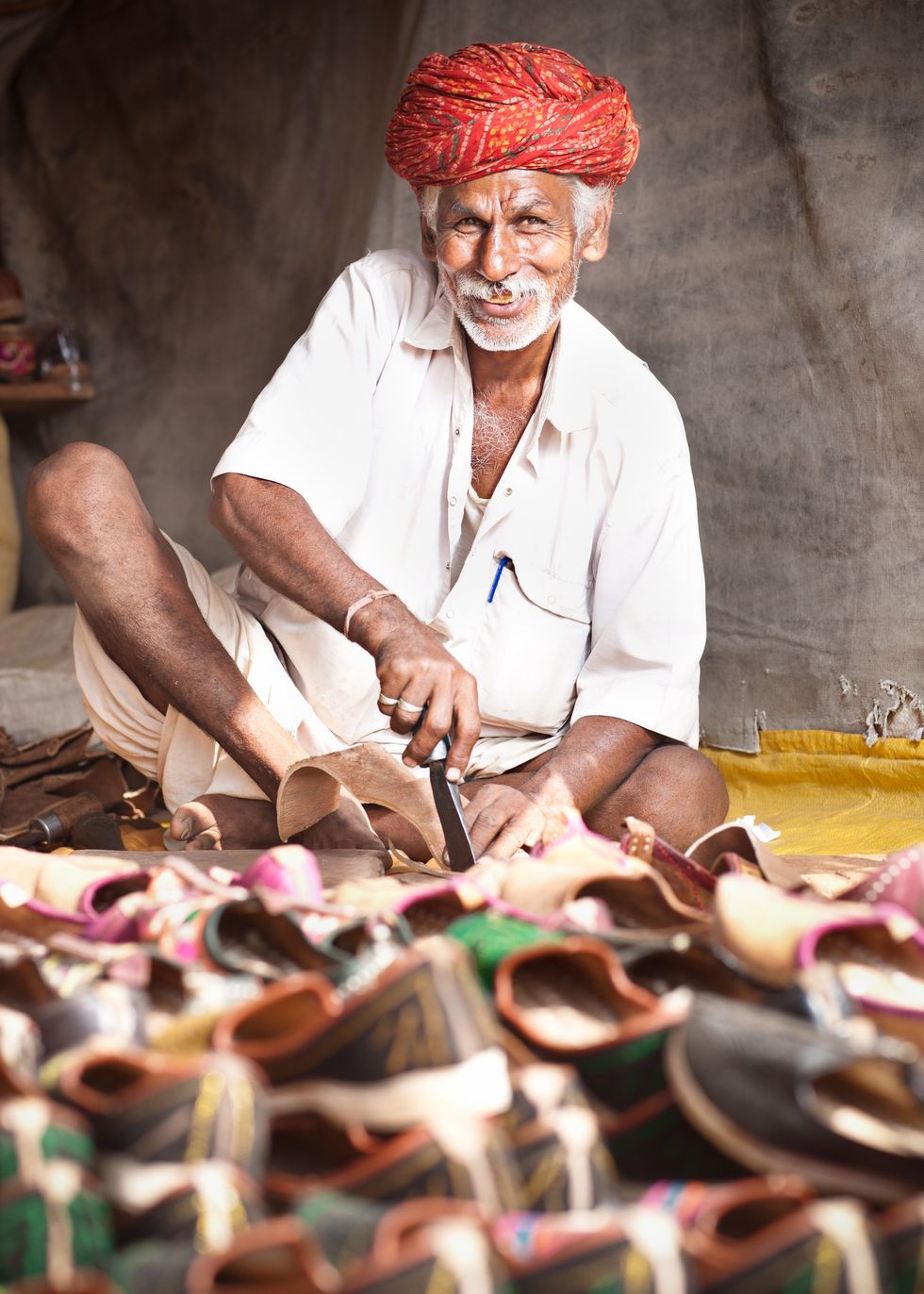HOW SHIVALI H MODHA BEAT TYPE 2 DIABETES AND GAINED A NEW LIFE
by ASJAD NAZIR
Type 2 diabetes has been a fast-growing health problem for people of south Asian origin and according to reports, they are six times more likely to develop it than those of European descent.
The long-term health condition, characterised by high levels of glucose in the blood, can damage the body and be potentially deadly if not diagnosed early enough.
Barnet-based Shivali H Modha had a normal, happy life where she indulged in everyday pleasures, but things changed when she was diagnosed with type 2 diabetes.
Instead of being defeated, the devoted mother of two changed her entire lifestyle and, after an inspiring journey, went into remission. She physically transformed herself and is today living her life to the fullest.
Eastern Eye caught up with Shivali to talk about her journey from a devastating diagnosis to remission.
How did you feel when you were diagnosed with type 2 diabetes?
Shame, devastation and doom! I felt like my life was over and thought I could never cope with diabetes; the injections, blood tests and constant control over food. I only really managed my sugar levels because we were trying for a baby. Tight control is so vital in diabetic pregnancies. I wished I had taken better care of myself and understood the real risks associated with being overweight, having a genetic predisposition and being of south Asian descent.
How did that impact your life?
Everything changed and for the first time, I realised how fragile life can be. Diabetes left no part of life untouched and my mental health suffered. I felt the burden of not speaking about my diabetes and only a handful of people knew I was unwell. When I look back now, there are so many life events I wish I could ‘re-do’, including not being so hard on myself. At times, it felt like punishment for being a fat-foodie and at other times, I questioned where in my karmic journey I had made a mistake, why was I suffering?
What made you want to change your lifestyle?
I was on maximum oral medication and insulin injections. I had welts across my tummy from weekly injections and the side effects were awful. I just couldn’t carry on like this and would wake up to weakness, and vomiting in the mornings. My children bore witness to my condition and I couldn’t bear for them to see me at my lowest. Every day was tinged with regret, self-pity and anxiety. There was a voice in my head that said, I wouldn’t see my children grow, graduate or marry, and nothing I did helped.
Tell us about your journey to becoming healthier?
I thought I was of average body weight, but my worsening health made me question this. My father-in-law, Shanker Modha, had raised funds for a local charity by doing a slimathon and I took inspiration from this. I joined a popular weight loss group and made amazing supportive friends who understood me and my journey. I understood about food and its impact on diabetes from a dietician and began my journey of weight loss, and eventual remission. I also ran, danced and as a family, we are trying to get physically fit. So it was a lifestyle change and not just a diet. There was no deprivation, just better choices.
What were the key things you did?
I ate a healthy diet, lost weight, became active, listened to meditations and prayed for good health. Planning is key! I also read a lot about the latest researches on diabetes using reputable sources. If you know what’s out there and what progress is being made, you can make better-informed decisions about your healthcare.
Tell us more about your journey?
My journey to remission started the day I was diagnosed. Every hurdle, medical complication, doubt, frustration and fear culminated into little moments where I made choices. Every diabetic’s journey starts this way with a diagnosis and an emotional reaction. There will be countless options and ways to rid yourself of it, and it’s about making choices that are right for you.
How did you feel when you managed to go into remission?
Diabetes remission is a new chance at life and being healthy. I now want to share what I know and help others in a similar situation to reassess their lifestyles and take control of their diabetes, especially in the south Asian community where chronic sickness, particularly in women, is stigmatised. I believe we need to speak about it, so can deal with it and face the challenges ahead. The dangers are real with diabetes and the complications dire, including amputation, organ damage and even death. Knowing your risk is important and Diabetes UK have a ‘risk kit’, which is a useful place to start if you think you might be at risk.
What is the biggest thing you learned on this journey?
I matter, my health matters. I permitted myself to prioritise myself. I think we are all guilty of neglecting ourselves in little ways. I have learned that you can’t compromise on physical and mental health.
What key advice would you give about diabetes?
Check your risk. Seek medical testing if you are in a risk category. If you are diabetic, improve your lifestyle for better health outcomes.Don’t be complacent and remember, complications of diabetes can be dire if left untreated or ignored. If medication is prescribed, take it. If you have any concerns, Diabetes UK is an exceptional source of up-to-date information based on the latest researches.
What is life like now that you are in remission from type 2 diabetes?
As a diabetic in remission, I am not free from its clutches. I will always be diabetic and have to look after my diet and weight. I may only be around the corner from medicating again, but that’s ok too. I have learned that remission means moderation and control, and not indulgence. It means, saying no to foods that can be harmful and yes to foods that heal you. I feel a sense of responsibility to my daughters Shyaama and Jyoti. I want them to grow in a world where if you’re sick you talk about it and treat it, and understand there’s no-one to blame. There’s compassion, care and understanding. I exercise regularly, but also eat food I enjoy and love life. Remember, although big can be beautiful, it can also be dangerous.
Instagram: @shivali_modha & www.myhealthspecialist.com/blog/author/shivalimodha





 Shefali Jariwala death raises concern over anti ageing drugs and self medication Instagram/shefalijariwala
Shefali Jariwala death raises concern over anti ageing drugs and self medication Instagram/shefalijariwala  Anti ageing pills found at Shefali Jariwala home spark health safety debate Instagram/shefalijariwala
Anti ageing pills found at Shefali Jariwala home spark health safety debate Instagram/shefalijariwala 








 Prada confirms Kolhapuri chappals inspired its 2026 Milan collectionInstagram/
Prada confirms Kolhapuri chappals inspired its 2026 Milan collectionInstagram/ Kolhapuri chappals have been crafted for centuries and received GI tag in 2019 iStock
Kolhapuri chappals have been crafted for centuries and received GI tag in 2019 iStock 
 Wintour also became synonymous with the Met GalaGetty Images
Wintour also became synonymous with the Met GalaGetty Images
